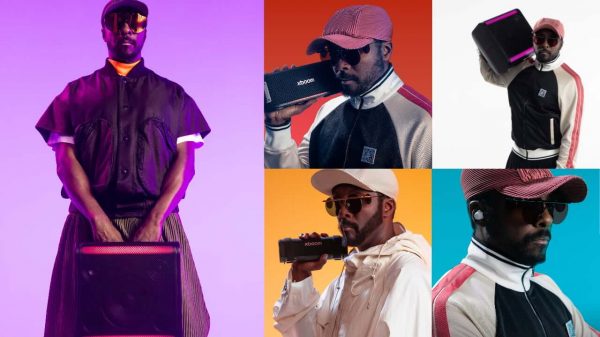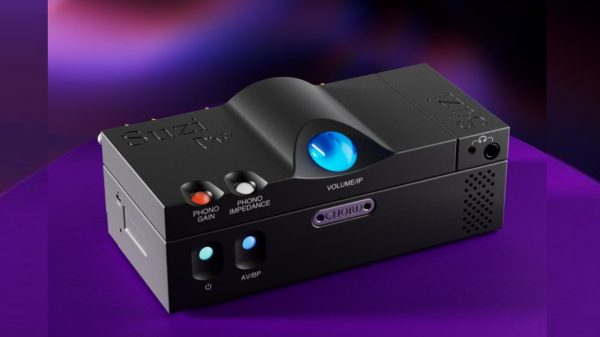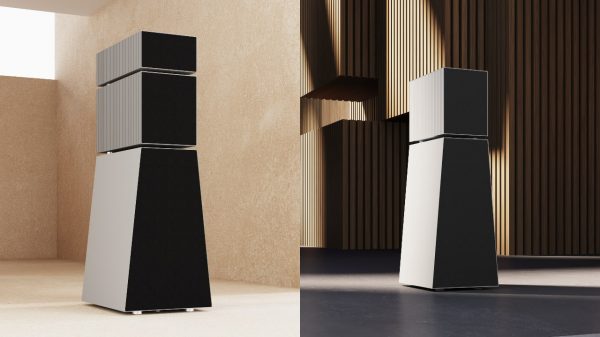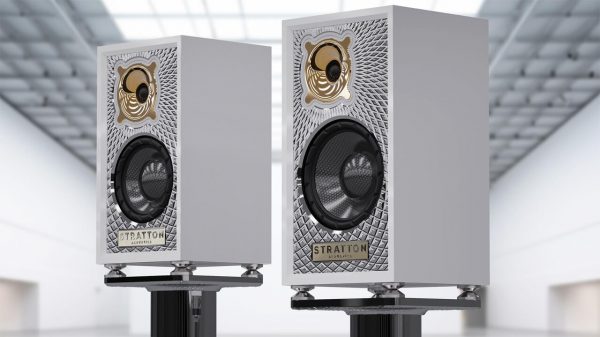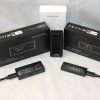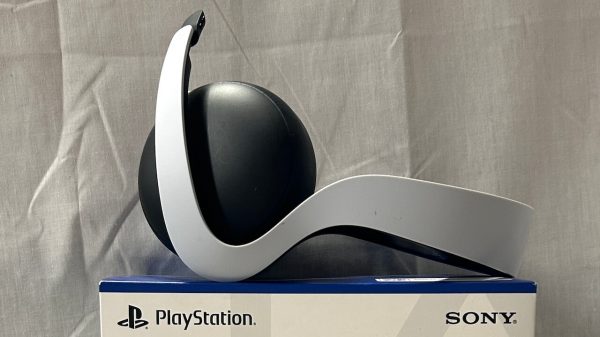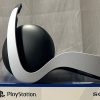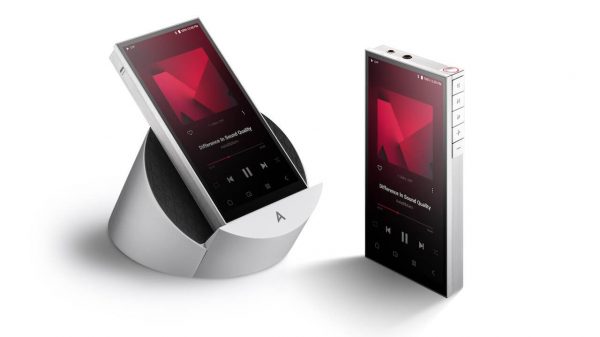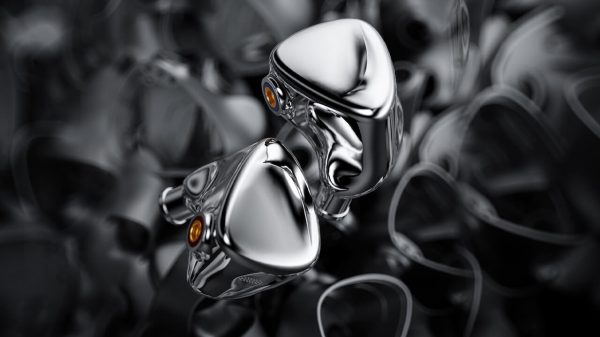Do the folks at FiiO ever sleep? Over the past 12 months, we have witnessed a literal flood of products from the Chinese manufacturer and we are hard pressed to pick a stinker from the collection.
Having built the brand with a strong mix of DAPs and portable headphone amplifiers, the company has expanded its offerings to include headphones like the FT5, the CP13 portable audio cassette player, and DM13 portable CD player. The new FiiO BTR17 Portable is not only compact but one of the most affordable options available that supports aptX Lossless and DSD playback.

What’s Under the Hood?
The BTR17 is equipped with Qualcomm’s new flagship QCC5181 Bluetooth chip, which not only complies with the Bluetooth LE Audio standard and has transmission bandwidth capacity of 2.1Mbps, but also is capable of lossless quality within the aptX Adaptive.
This means the chip is capable of achieving CD-level lossless sound quality over Bluetooth audio.
Additionally, the BTR17 also supports the latest Bluetooth standard – Bluetooth 5.4. It also supports the LDAC, aptX Adaptive 96kHz/24-bit, and aptX Lossless Bluetooth audio codecs at the following bitrates:
- AAC: 328kbps
- aptX Adaptive: 420kbps
- aptX HD: 576kbps
- LDAC: 990kbps
- aptX Lossless: 1.2Mbps

Desktop Audio Solution?
The BTR17 features a dedicated D.Mode (desktop mode) switch along with a port to connect an external independent power supply. When in desktop mode, if you connect the BTR17 to a phone as a dongle DAC and headphone amplifier you can also choose to connect an external power supply to the BTR17 via its dedicated power port. Doing so means it is capable of sufficient output for power hungry headphones without consuming the connected phone’s battery.
When used in “Desktop” mode, the BTR17 will output 650mW+650mW and listeners are benefiting from the integration of dual flagship ES9069Q*2 DACs and the availability of a 10-band high-precision PEQ. There are also four-way fully balanced THX AAA 78+ amplifiers.
Multi-function switch

On the BTR17 is a convenient PC/BT/PHONE three-position switch which allows it to seamlessly switch between operating modes. Switching modes allows the BTR17 to optimise its power supply status according to the device connected, making it perfect for various use cases.
- PC: The device is completely powered by the computer.
- BT (Bluetooth DAC and amp): The device is powered by the internal battery, and when connected to USB can be used for charging and power supply.
- PHONE (phone dongle): The device’s internal battery participates in power supply, reducing the power consumed from the connected phone.
- XMOS 16-core technology: The XMOS chip employed is the flagship XMOS XU316, which boasts lower latency, more stable transmission, and better compatibility than typically used USB controllers.
Support for 768kHz/32-bit audio, DSD512 native, and MQA full decoding means that the chip can handle almost any audio stream that comes its way. The XU316’s ample computing power also enables a high definition PEQ supporting up to 192kHz audio on the BTR17.
10-band high-precision lossless PEQ

To access PEQ use the FIIO official website, pictured below: top status bar, Support, Web-based PEQ settings.
The side of the BTR17 features a dedicated EQ shortcut key, which you can press to quickly select your desired EQ settings.
This PEQ is able to be used in all of the BTR17’s operating modes, providing independent adjustment of the tuning style in line with your personal preferences, or use FiiO’s preset sound effects and headphone curves. The PEQ can be adjusted using either the FiiO Control app for phones (iOS, Android) or via a web portal accessible from FiiO’s website.
This fully lets you simulate or correct the frequency response curve of various headphones. Additionally, you can import, export, share, and save EQ curves.
Dual flagship ES9069Q DACs

Inside the BTR17 are two ESS ES9069Q DACs based on the fourth-generation 32-bit HyperStream architecture, achieving high performance while using less power. This architecture helps to further reduce digital noise within the DAC, allowing it to hit 130dB dynamic range and -120dB total harmonic distortion.
THX AAA 78+ headphone amp
The BTR17 uses the THX AAA 78+ headphone amp, previously used in the FiiO M23 DAP. The four-channel fully balanced design utilizing 8 op-amps in parallel ensures robust yet controlled power, for clearer and more natural sound.
When the POWER IN port is connected to USB power and desktop mode is activated, the BTR17’s THX headphone amp will use four op-amps in parallel for current amplification to fully unleash its potential.
The result is a balanced output power up to 650mW+650mW. This is comparable to many desktop headphone amplifiers.
Specifications:
- Display: 1.3-inch 240×240 color IPS
- Battery life: About 8 hours (LDAC)
- Charging time: ≤ 2 hours
- Headphone outputs: Single-ended 3.5mm + balanced 4.4mm
- Output power 1: L+R≥ 280mW+280mW (32Ω/THD+N<1%/single-ended/desktop mode)
- Output power 2: L+R≥ 31mW+31mW (300Ω/THD+N<1%/single-ended/desktop mode)
- Output power 3: L+R≥ 650mW+650mW (32Ω/THD+N<1%/balanced/desktop mode)
- Output power 4: L+R≥ 125mW+125mW (300Ω/THD+N<1%/balanced/desktop mode)
- Output power 5: L+R≥3 00mW+300mW (32Ω, THD+N<1%/balanced/non desktop mode)
- Output power 6: L+R≥ 140mW+140mW (32Ω,THD+N<1%/single-ended/non desktop mode)
- Signal-to-noise ratio: ≥126dB (UAC decoding, desktop mode, A-weighted)
- THD+N: <0.00035% (UAC decoding, desktop mode, balanced output)
- Dimensions (WxHxD): 41.2 × 86.6 × 16.3 mm (1.6 × 3.4 × 0.6 inches)
- Weight: 73.4 g (2.6 oz.)

The Bottom Line
FiiO has a strong track record of engineering dongle DACs that not only offer a rather wide range of connectivity options, but with leading edge technology that for most users will allow them to remain relevant for years.
The BTR17’s support for Bluetooth 5.4, LDAC, aptX Adaptive and aptX Lossless is an encouraging development; although we would like to see more source devices and smartphones offer support for aptX Lossless to make it truly useful. Potential buyers should be aware that the list of devices that currently support the hi-res codec is rather short.
Offering both single-ended and balanced outputs widens the appeal for those who might own a mix of IEMs and harder to drive dynamic and planar magnetic headphones.
The 10-band high-precision lossless PEQ allows users to customise the frequency response for specific headphones and the software can be updated via firmware updates.
We will have a review of the BTR17 before the end of the year and are excited to see how it meshes with a number of our favorite wireless high-end headphones.
For under $200, FiiO may have created something rather forward thinking that you will not have to replace for years.
For more information: fiio.com/btr17
Related Reading:


